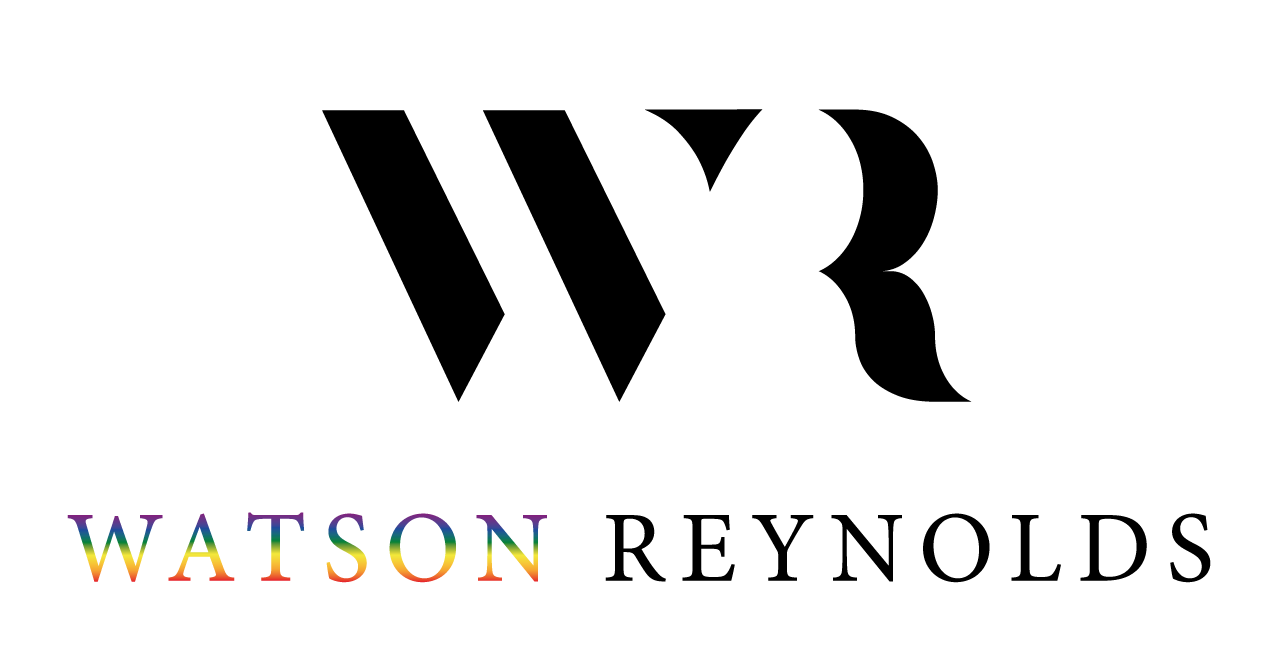The HR function is much more than the management of hiring and firing. Exemplary leadership within the HR function means an evolution of the HR function that goes far beyond recruitment. Transformational HR leadership is the driving force behind operational excellence. It is how a business implements its growth strategy through its people. HR leadership is about having a function within an organisation that is less of a service provider and more of a strategic partner who facilitates the organisation and ensures it meets stakeholder expectations.
Social and technological change
In every area of how we work and run our businesses, we are seeing huge changes. Alongside huge social change and technological development, we are living in a post-Covid time that now centres on the individual and increased awareness of the work-life balance. Building a culture of innovation and engagement is central to facilitating change. It means creating a working environment that is agile and inclusive, with leadership teams who are powerful collaborators able to break down silos. Opportunities for communication are at the core of how our teams evolve as they afford our people a chance to offer ideas and value.
Facets of HR management
There are 3 main areas of the HR function:
The first two areas are the focus for HR leaders in the current climate due to shifting working practices and changing global markets. Making sure businesses can adapt to these factors and achieve their growth strategy through their people by attracting and retaining talent is part of HR transformation. This requires wholesale shifts in the talent acquisition process, the development of our existing teams and how we embed ED&I into our culture and training functions.
New markets require fresh goalsWith hybrid working models and staffing solutions that include offshore talents and temporary workforces’ global mobility, HR transformation needs to deliver forward-thinkingprocesses and develop systems and capabilities that support an organisation’s ability to achieve goals and enter new markets. It is impossible to have a transformative modern workforce if the foundations underneath it do not exemplify as many of these transformative attributes as possible. Ultimately a company will have an overall vision and mission goal and successful leadership will have clear visibility of that and understand how to communicate this to their team.
Developing your people
Effective HR leaders need to be able to identify personality types and leadership styles within their existing employees to ensure they retain talent. Once they understand the individual facets of their teams, they can dig into what motivates them and therefore understand how to engage better with them, improve communication and develop organisation processes that link talent with value by moving individuals into critical roles. This process of identifying key roles and critical positions within an organisation as well as recognising the employees that have the skills and potential to move is part of robust succession planning that retains talent.
What does transformation mean in HR?
It is evident that underpinning all transformation is building a culture of agility. Our HR leaders must ensure there is an environment where open communication is practised at every level of an organisation and there are stacks of opportunities for collaboration built in psychologically safe spaces. Through this, our HR leaders can ensure change permeates every level and best practice does not exist in silos.




